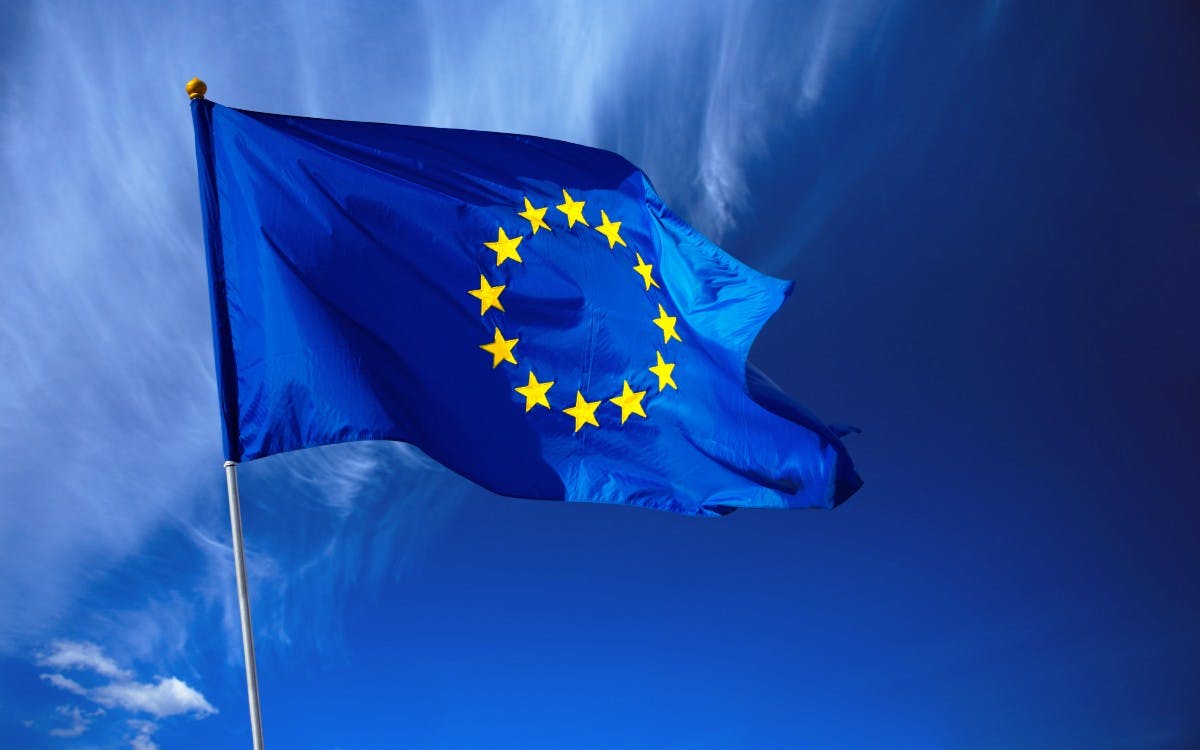Flash Note

Sustainable Finance Disclosure Regulation: A guide to investors
- Published
-
Length
4 minute(s) read
What is SFDR?
The SFDR requires asset managers to include sustainability (ESG-related) risks in their investment decisions and requests funds to be clearly categorised as to their “greenness” while documenting their objectives, policies, methodologies in prospectuses, websites and periodic reports. A second significant measure has been the requirement for asset managers to measure their adverse impacts on a “comply or explain” basis of their investments at both firm and fund level through a prescribed set of 18 mandatory ESG indicators.
The SFDR impacts all financial participants including UCITS asset managers, insurance companies, pension funds, AIFMs and advisers. The European Union (EU) hopes to bring new capital flows to sustainable investments, create common standards and language to avoid greenwashing, and promote long termism.
*SFDR, Sustainable Finance Disclosure Regulation EU 2019/2088. Source: https://eur-lex.europa.eu/eli/reg/2019/2088/oj
How does it affect the fund industry and Carmignac?
For asset managers which have already embraced sustainable investment policies, SFDR should be no hurdle. As long time UNPRI signatories, having complied to fund carbon emissions monitoring and transparency (French Energy transition law) and to the SRI labels (French and Belgian), Carmignac’s gap analysis with the SFDR requirements has not required major overhauls.
Amongst asset managers, three key workstreams have had to be organized.
Legal and Sustainability teams have been busily rewriting Fund prospectuses;
Sustainability and data management teams have upgraded fund reporting;
Websites have had a look-over, with the “SFDR tab” taking predominance.
Segregating fund ranges by shades of “green” has probably been the most difficult of operations for most asset managers.
How has Carmignac understood the SFDR fund categories?
The ESG alphabet soup now includes numbers!
The SFDR fund categories: Article 6, Article 8 and Article 9.
Given the official fast-tracking that the financial authorities in each country have given to the pre-contractual agreement editing, it has been up to the self-proclamation by asset managers to initiate their fund categorisation which has led to some discrepancies.
Carmignac has favored taking a conservative view in its fund categorization. We prefer to be comfortable with our fund classifications, and transparent in our approach. We hope that the following documentations will be useful in our investors’ endeavors to understand the new playing field and help comparability in their investment choices.
What are our new reports and how will they help investors?
These reports are in conjunction with the ESG and Carbon monthly factsheets.